Disney Lorcana is a trading card game with an easy-to-learn but deeply strategic set of features, and it benefits immensely from the Disney franchise. Beyond the iconic Disney aesthetic that makes for stunning card art, Disney Lorcana‘s most compelling game mechanics and card interactions were inspired by Disney’s unforgettable universe and characters.
In the year since its release, Disney Lorcana has managed to grab the attention of an ever-growing dedicated following, with the game’s first competitive season hosting over half a million games played between thousands of competitors. While many Disney Lorcana fans are undoubtedly Disney fans, the game’s undeniably Disney-inspired gameplay draws attention to veteran TCG players seeking a new fixation.
Game Rant attended the Disney Lorcana TCG Challenge in Seattle to sit down with Co-Designer and Game Design Manager Steve Warner for a deep dive into the team’s earliest design choices and their process for delivering a steady supply of impactful new Lorcana card sets. Warner also weighed in on what he feels is one of Disney Lorcana‘s most defining features. This interview has been edited for brevity and clarity.

Related
Disney Lorcana Adding Pixar Cards and More
Fans of the popular Disney trading card game Lorcana receive exciting news about the future of the game, with Pixar and more on the way.
Designing Disney Lorcana’s First Cards
Q: On the gameplay side of things, where do you begin when you’re creating a card game as complex as Disney Lorcana ? Do you recall the first card you ever designed?
A: I actually do, yeah. So to start with, we’ll go back a little further. We worked on creating the guardrails for the game, knowing that we were making a Disney game. So, we want it to be family-friendly. We want families to be able to sit down together, so multiplayer. We don’t want it to be, “I’m trying to take your hit points down,” or anything like that.
And so we had all of those guardrails, and we started coming up with various different games we wanted to try and different mechanics. And we would normally just bounce ideas off each other—like, what if we do this? What if we do that? What’s the resource system? What are we going to do here?
Once we got the first couple of ideas down, the first card I designed for the system that’s currently in place was Freeze. And I remember that one because it’s so generic—it works in so many different games like that. That ability, it could be in anything, really.
And I remember that. I think it was the third or fourth card I designed that actually turned into Ariel – Sonic Warrior. And, if you remember, she didn’t come out until set four. It was because she didn’t work well in set one, so we had to wait. Then set two was all about Floodborn, and she wasn’t quite right with the Floodborn we had there. And then there’s set three, and that didn’t quite work because it’s all about locations.
And then we got her into set four because of the Ursula challenge.
So you come up with ideas for cards that sometimes won’t fit the game as it is now, but pocket them for later when they might be more appropriate?
A: Yes. We had a really cool idea. I was inspired by some things that I had seen from Disney, and I knew that I wanted that sort of card, but we just knew that we couldn’t put it in right away so that we could keep the gameplay more interesting.
Q: When you’re designing a new set of cards, where do you feel it’s important to begin? Do you try to build around character cards or action cards or some other process you build out from?
A: When we design, we start with creating what we call a skeleton. We have certain cards that we’re expecting to just have a keyword, and we call those French vanilla. We’ll have a certain amount of those, and then we’ll have a certain amount of vanilla cards, which just means they don’t have abilities on them.
Then, we look at what the narrative, the marketing, and the story are going to be, and we start designing the characters for those. Following the characters on their story is what’s exciting, so we want to make sure that story comes through. And sometimes there will be actions involved in that too. But the main process is the character.
Q: As these cards are based on existing Disney characters, do you typically choose a character and then find a gameplay role for it, or are you looking at a mechanic you have an idea for and finding an appropriate character?
A: A bit of both, yeah. We refer to this as top-down design. Top-down means I know what character I’m doing, and I can build the ability for that. And Rapunzel was a bit of a top-down design—for example, she’s gifted with healing. And we knew that, because it was Rapunzel, she should probably heal, but we wanted it to be a really exciting card. So, we came up with the ability she has of healing and getting to draw cards for it.
Bottom-up design means there’s a mechanic we really need, but we’re not sure what the best theme is for it until a bit later. Grab Your Sword, for example, is a good way to represent this. We knew we needed something that could deal a bunch of damage and get rid of a lot of characters, but at the time, we weren’t sure what card that could be.
Q: Do you recall any moments where you were developing a card or mechanic and had to change course because it was extremely broken?
A: all the time. It happens very often. There are many reasons why we’ll come up with something, and then we realize that it won’t work. Complexity is a big reason. Power level is a big reason. And we’ve run into all of it.
Q: Speaking of power level, how do you weigh the individual power levels among say, four cost cards? How do you determine that both cards are appropriately strong for their cost relative to others?
A: We started with what’s called a vanilla curve. So, what that means is if this card costs four, for example, it has these stats, and we’d have an array of various stats it could have. Then we look at the abilities and decide what that ability is going to cost that character in the way of stats.
Then we play it a whole bunch. It gets played over and over in several different decks, and it gets adjusted up and down as we go to make sure it feels exciting and fun but isn’t overpowered.
Q: When you’re developing cards, are you looking at a specific existing card and trying to find ways you’d like to interact with it?
A: There’s definitely times where we do that. A lot of the time, we have plans. So, with Sorcerer Mickey and Magic Broom, we kind of knew we were going to do this Magic Broom idea across a lot of cards.
Perdita was one that actually came about differently. She had a different ability originally, but we realized, with all the Dalmatian puppy decks our team wanted to build, that it would be really great if she worked well with that. So, we came up with an ability that’s general enough for you to run her without the puppies, but also really fun if you did run her without puppies.
Q: Earlier we were talking about building a deck comprised entirety of Dalmations. Are there any other interesting theme decks that stand out to you even if they’re maybe not very competitive?
A: Obviously, the Dalmatian one’s probably not very competitive, but it is a lot of fun. Yeah, there’s a new one coming up that’s been revealed with the Microbots and Yokai, and I think that one can be a lot of fun, too.
There are a number of ones we put in there that we don’t anticipate will be high-level tournament play, but people who want to build it will have a lot of fun doing it.
Q: Disney Lorcana involves players choosing from two inks, each having unique playstyles. How did you approach the combinatorics of all that so any color combination is fun and viable? Did you sit there and match one color with another and just see what happened?
A: That’s exactly what we did at the start. We went through all the color pairs and thought, if you’re running these two colors, what’s your road to victory? For example, Grand Pabbie was designed solely because I wanted a way for Amber-Sapphire to really show off their healing potential and benefit from it over the course of a game, and have a chance to win using that.
And so we did that with every color combination: What is this deck going to do? How is this deck gonna win? What is the war cry of this color? It led us to a lot of cool designs for those pairs.
Q: And as we’ve been discussing, you can only choose two colors at a time in Lorcana. What was the rationale behind that restriction? What do you feel it does for the game?
A: I think it helps create the diversity of the decks. If you’re able to run… I mean, if we go to the opposite end and say all the colors, yeah, then all the decks will start to look the same.
There are specific designs that were put in because we knew you’d be limited. If you wanted certain cards to work, then you’d have to pick those colors, which meant you couldn’t just go off and grab things like A Whole New World, which is really good in Steel. But you have to be able to run Steel to do that. So it just created a bit more diversity and a lot more strategic thought when building your deck.
Q: Is there an ink combination that stands out to you in particular?
A: Amber-Sapphire has always been one of my favorites, mostly because I really like to get the bigger characters early, so Sapphire can get me all of the extra ink, and Stitch – Carefree Surfer is one of my early designs that I absolutely love.
How Disney Lorcana’s Rules and Mechanics Took Shape
Q: How do you decide which cards get assigned to an ink? Especially since some inks might share cards with similar effects.
A: A lot of that happens when we watch the movies before we design. A lot of the time, we’ll pick out certain scenes from the movie. All the colors have very specific emotions, abilities, and characteristics tied to them.
So, we’ll say, “Okay, here is this scene where, you know, maybe Stitch is being a bit more aggressive, a bit more gung-ho about things.” He fits in Ruby because of this. And here’s one where he’s thinking things out and planning—he’s drawn up a map—so he would be in Sapphire if we do that.
So, a lot of it is just about what the emotion of the card is at the time.

Related
Disney Lorcana: Inkwell Explained
Players will need to understand and utilize Disney Lorcana’s Inkwell if they want to play cards, use certain abilities, and ultimately win a match.
Q: Disney Lorcana has a minimum deck size of 60, and although is fairly standard in TCGs, did you consider other deck sizes earlier in development?
A: We actually did. We tried a number of different sizes of decks. The nice thing about 60 cards is it allows you to do sets of four really easily. We kind of felt like four was a good number for the max card count, but we did try lots of different variations of that, and we always ended up coming back to 60 and four being the most ideal for building.
We even had the same discussion for lore—how much was the correct number of lore—and that changed wildly throughout our playtests. You know, that’s why we settled on the number we did.
Because after playing so much of it, I always say math will get you to the general place you want to be, but your heart will get you to where you want to be. What I mean by that is I can use math to find what we were talking about before—what the stats of a card should be. But after you put an ability on it, and you play it, you have to keep playing it and feel where it is correct.
Q: Looking more broadly at the TCG genre, were there things you found in other games that informed you on what you’d like to avoid?
A: We’re always aware of other games and what they do, and there’s lots of games out there and everything. I think we’re mostly focused on what’s right for our game. We already have a list of things that were like, “Well, we know that we don’t want to go into this space,” because it’s not right for Disney so it’s not right for us, and we want to keep it that way.
Q: What would you say your design pillars are when you’re working on Disney Lorcana? What makes you decide something feels right?
A: It’s that feeling of heart, right? You have to be able to look at it, play it, and feel like it works properly.
I will say that complexity is something we’re always trying to keep a grasp on. It’s very easy for complexity to become really challenging, and new players can come in at any point. We want to make sure there’s a ramp for them to feel comfortable learning the game, and then immerse themselves more in the strategic value if they want to, or, you know, build other decks that are just fun for them.
So, as long as we have all of those avenues figured out, then I think we’re okay.
Q: We were just playing the Illumineer’s Quest against Ursula, and I wanted to talk to you about your approach to it. I mean, I t’s such a unique experience—it’s a PVE cooperative card game. How different is that from when you’re developing for the competitive side?
A: It’s significantly different. In a one-on-one game, like we have with our decks, it’s kind of on us to balance them in a way. So, if we’re friends playing and I bring the best deck I’ve ever built, and you brought a puppies deck, we’re not gonna have a lot of fun. Most likely, what will happen is I’ll change the deck I’ve played.
But with the Ursula deck, you can’t do that. The two players playing against her can change their decks, but if they’re just crushing Ursula and beating her every time, it’s not gonna be much fun. So, having that balance—where I can play whatever deck I want, but I still may not win—is very important for those PVE elements.
There’s a complexity to those co-op games that is challenging at times.
Q: On the other end, we’re here at a competitive event. Do you gather insights from watching these competitors? Have you seen any plays while you’ve been here that gave you insight into how you want to move forward with development?
A: I have, unfortunately, not gotten to look at too many of the games going on while they’re playing them because I’m usually doing other things. I thankfully have a team now that is watching those matches, because, yes, we want to keep track of how people are playing, what their ideas are, and which cards they choose.
I can’t tell you the number of times I’ve watched a game and tried to think about how I would play that game with their information and see how it turns out. We do this so we can stay on top of how people are playing the game, how they’re interacting with it, and see if our thoughts align with others.
Q: Looking at the community again, do you recall any times where player feedback really factored into development?
A: This feels like a Bucky question. But you’re not wrong about Bucky. Player feedback did help a lot, right? We don’t think the power level of Bucky was too much for an event like this. We have very competitive players who practice playing against him and understand how to get around him and what they need to do.
But the problem is that he’s not fun for the majority of players. We have a lot more players than just those at the event, and they were having no fun. That shouldn’t be the case for the game. We want players to have fun; we want them to be excited to sit down and play. So, when we started hearing that it wasn’t fun for them, we felt that we needed to act.
Q: Other games have the luxury of fabricating completely new characters to add to the game over time. How does Disney Lorcana navigate this problem of being limited to Disney characters? Is that where Dreamborn comes in?
A: Yeah, you said it. Dreamborn gives us infinite possibilities. Even just within the Disney franchises themselves, each of the characters has so many times and moments in their movies, shorts, series, and things where they show different emotions, do things differently, or learn and get better at something.
Each of those moments is a time point that we can pick out and make a card out of. It’s one of the things that I actually really enjoy. We have the whole line of Hei Hei, which is hilarious to us, and we love it. But we also have all the different Mickeys, where we’ve captured various moments. For example, with Robin Hood, as you can tell, we’ve gotten a number of cards where we picked out different moments in his movie where he’s acting in different ways, which gives us different abilities and different things. So, I don’t think there are any limitations for us on the characters.
Q: What do you feel is most challenging to work on with Lorcana on the gameplay side?
A: That I always have to work and can’t be out playing the game all the time!
No, it’s challenging. I mean, obviously, it’s work, and it takes a lot of time. We have a large team that does a lot of things, but we love the game. We love playing it, interacting with it, and talking about it.
So most of the time, none of it really feels too much like work, because we just get to sit there and argue about, you know, “Is this Elsa at the right power level?” or “Should Gaston have one strength more because it’s Gaston?” Those sorts of things. It’s a lot of fun to be part of those conversations.
Q: Are there any features about Lorcana that you feel really define the game? For example, Ryan and I were discussing the win condition yesterday.
A: Ryan obviously hits probably the strongest point: the lore being a race is definitely very Disney. It’s not just about challenging you and bringing your health down; it’s about doing something else to win.
For me, though, a lot of the themes and abilities of the characters allow us to tell stories that make people go, “Oh, I remember this moment in the movies.” Or we have a character that they don’t recognize—Sergeant Tibbs is one of our favorite examples. People see that character and say, “I don’t remember that character,” so they go back and rewatch the movies. It’s about getting to relive those memories, which I think is really big for Lorcana.
Q: Lorcana has an unfolding narrative. We just defeated Ursula, and the subsequent cards had a celebratory theme. Do you feel that this narrative helps inspire new card ideas and mechanics?
A: 100%. Ryan and I talk about this a lot, too. If we’re given no limitations, it’s very challenging to build because there are so many possibilities. It’s like having 2000 cards in front of you—how do you build a deck, right? You have to start somewhere and slowly pick.
But it’s more challenging if you have, say, just two colors in front of you; it makes it a lot easier to start deciding on what you want to do. The narrative definitely helps us with that. It helps us pick the characters and gives us an idea of the mechanics to really work towards a goal. Knowing what the future is going to hold and getting to prepare for that—maybe planting a couple hidden Easter eggs—is always exciting.
Q: With so many to choose from, can you still manage to think of a favorite card of yours?
A: So, I have three favorite cards at this point in time. Stitch – Carefree Surfer is one of my favorites because of the story he tells in that moment. He’s off surfing with Nani and Lilo, and that’s why his ability requires two other characters to be in play for him to get his bonus.
Then, Ariel – Sonic Warrior is one of my favorites because she’s one of the first cards I designed for the game. And now, Mufasa – Ruler of Pride Rock is absolutely my favorite art. I love just looking at that—how the artist, Shane’s team, has done such a great job with the art. Set five is magical in its own right.
Q: Any closing thoughts before we head out?
A: I think for me, so much of this is about the community. One of my designers, Sean Fletcher, started having people sign a “Look at This Family” playmat at Fort Worth, and now it’s become a big thing for us.
The community is part of our family, and it brings in people. They’re so friendly and approachable, and they’re so willing to talk about the game and teach people the game. The community for this game is like none I’ve seen before, and I’m absolutely grateful for it.
[END]
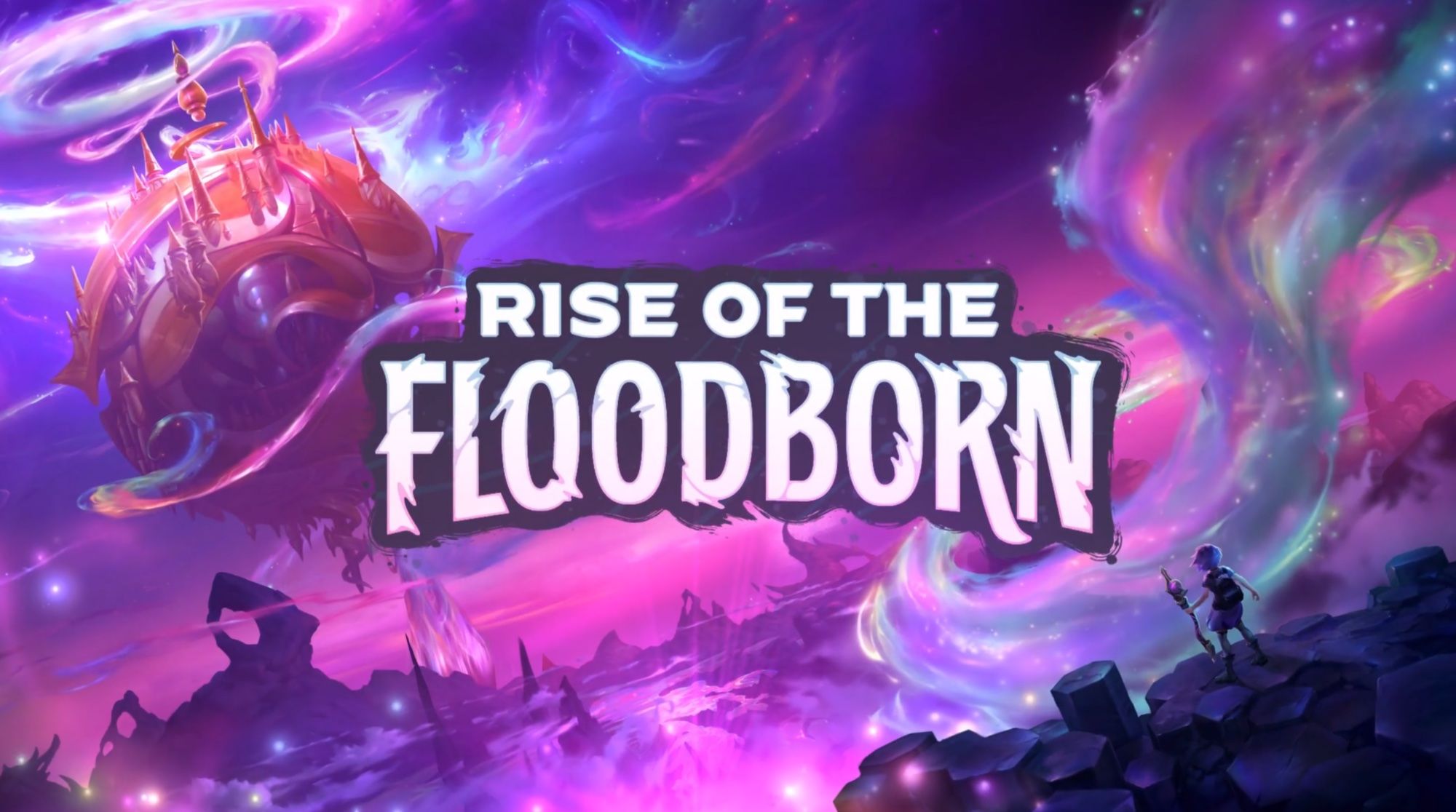
Disney Lorcana
As an Illumineer, you’ll wield six magical inks to summon glimmers of Disney characters. Glimmers can appear as familiar friends or in fantastically reimagined forms. Recruit glimmers to your team as you travel through the realm of Lorcana.The Disney Lorcana: Rise of the Floodborn trading card game will be available at Hobby Stores and Disney Parks on November 17th and on Mass retailers and shopDisney on December 1.
Source link


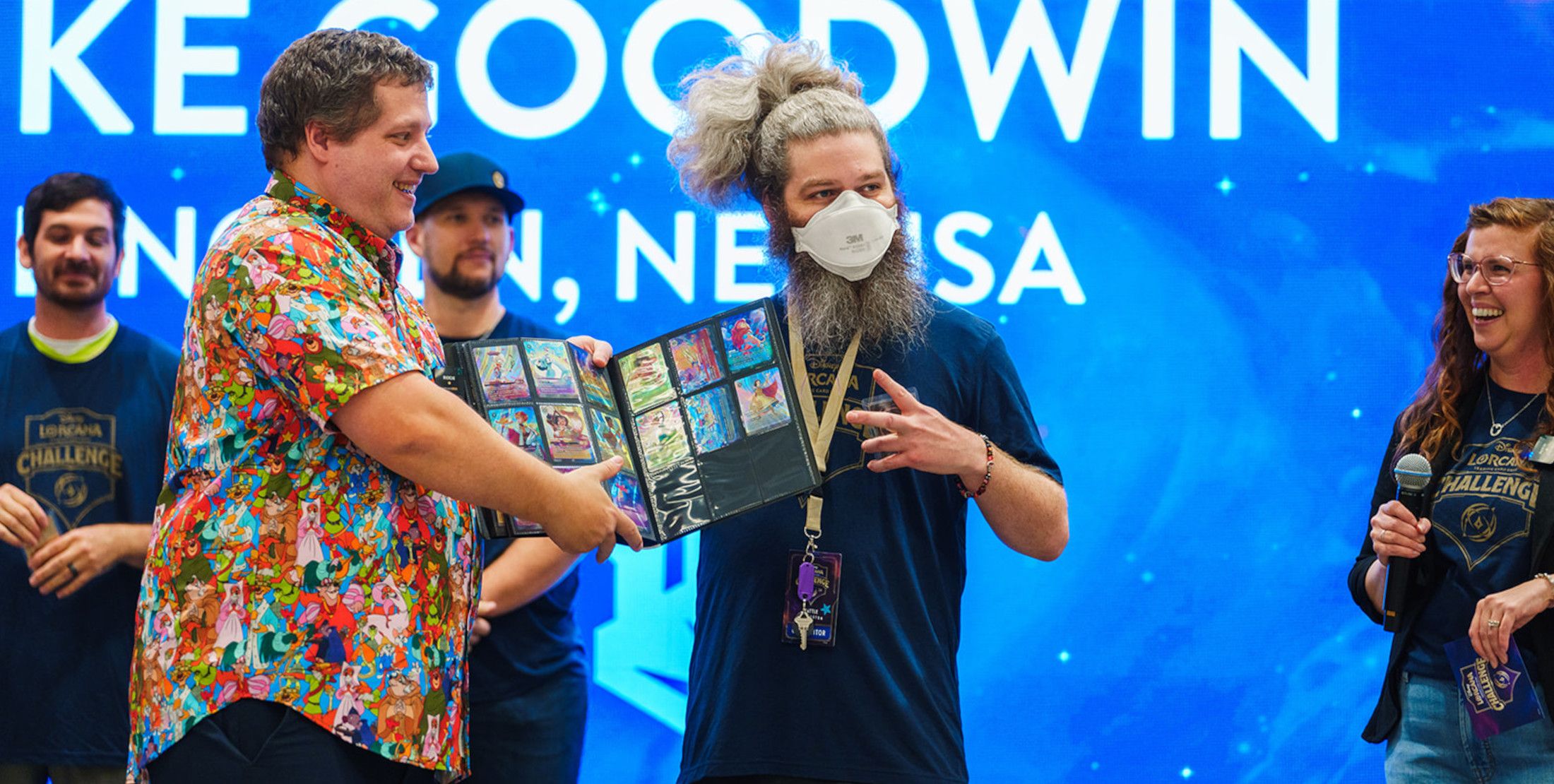

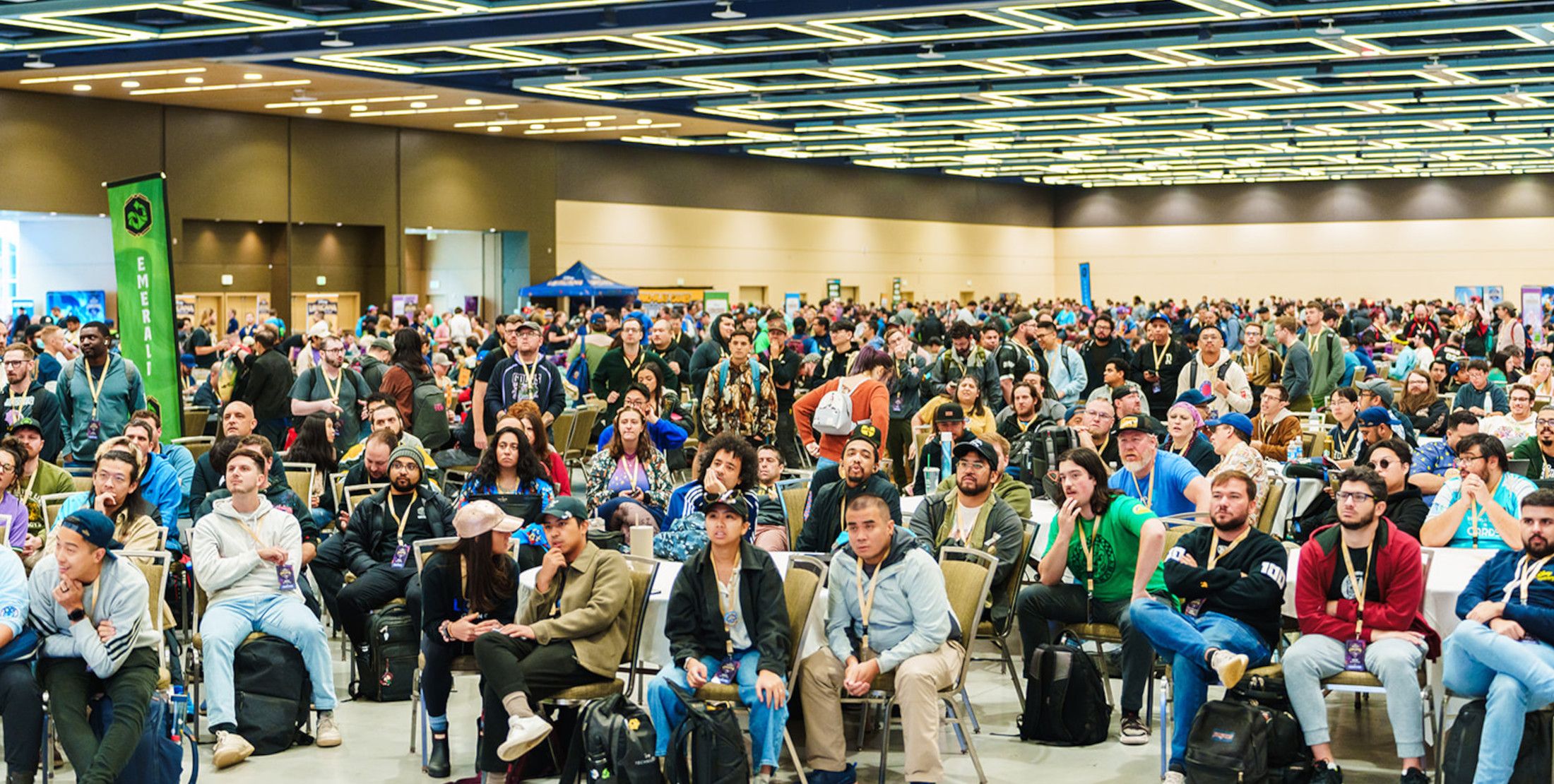
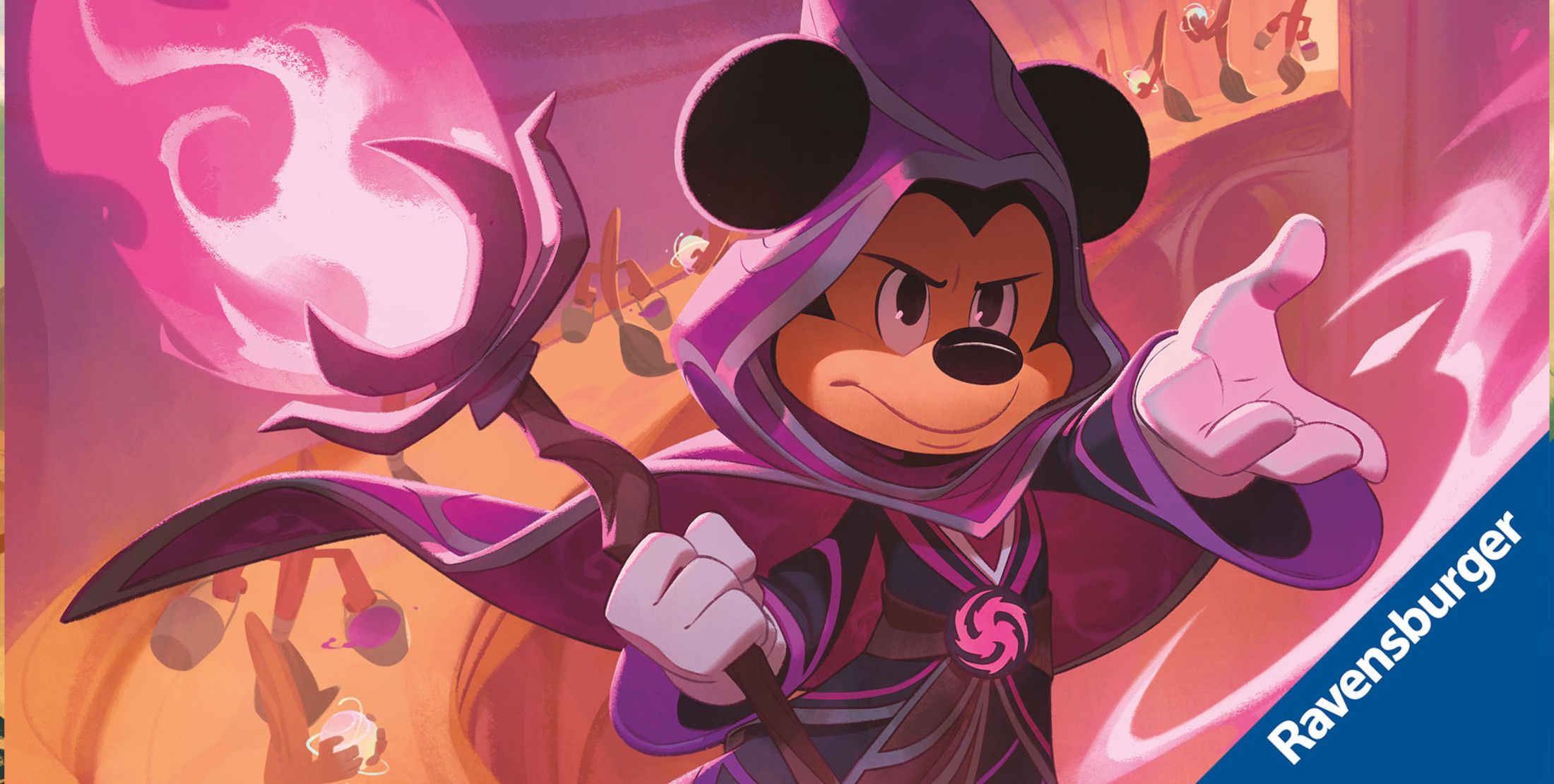

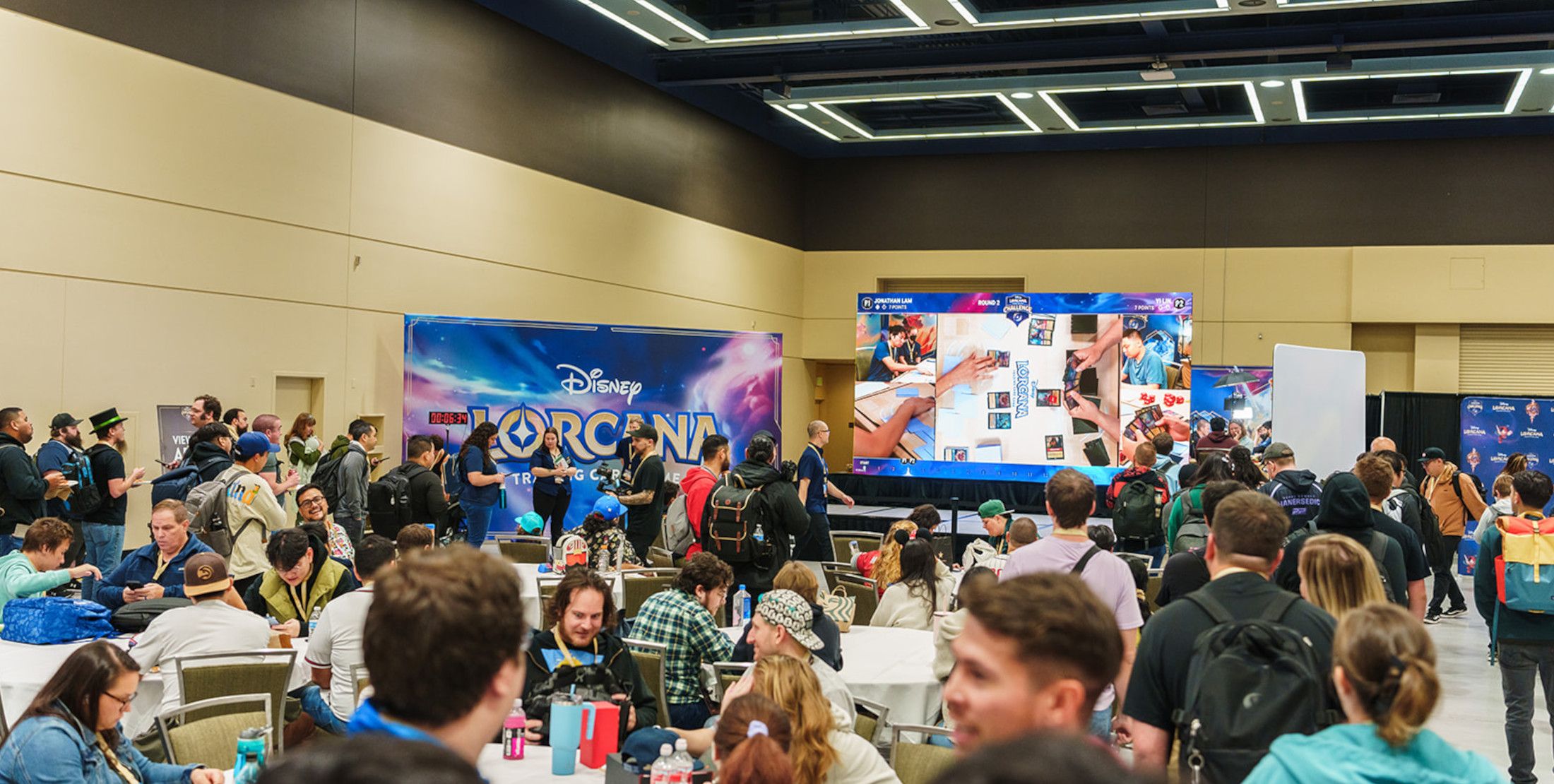
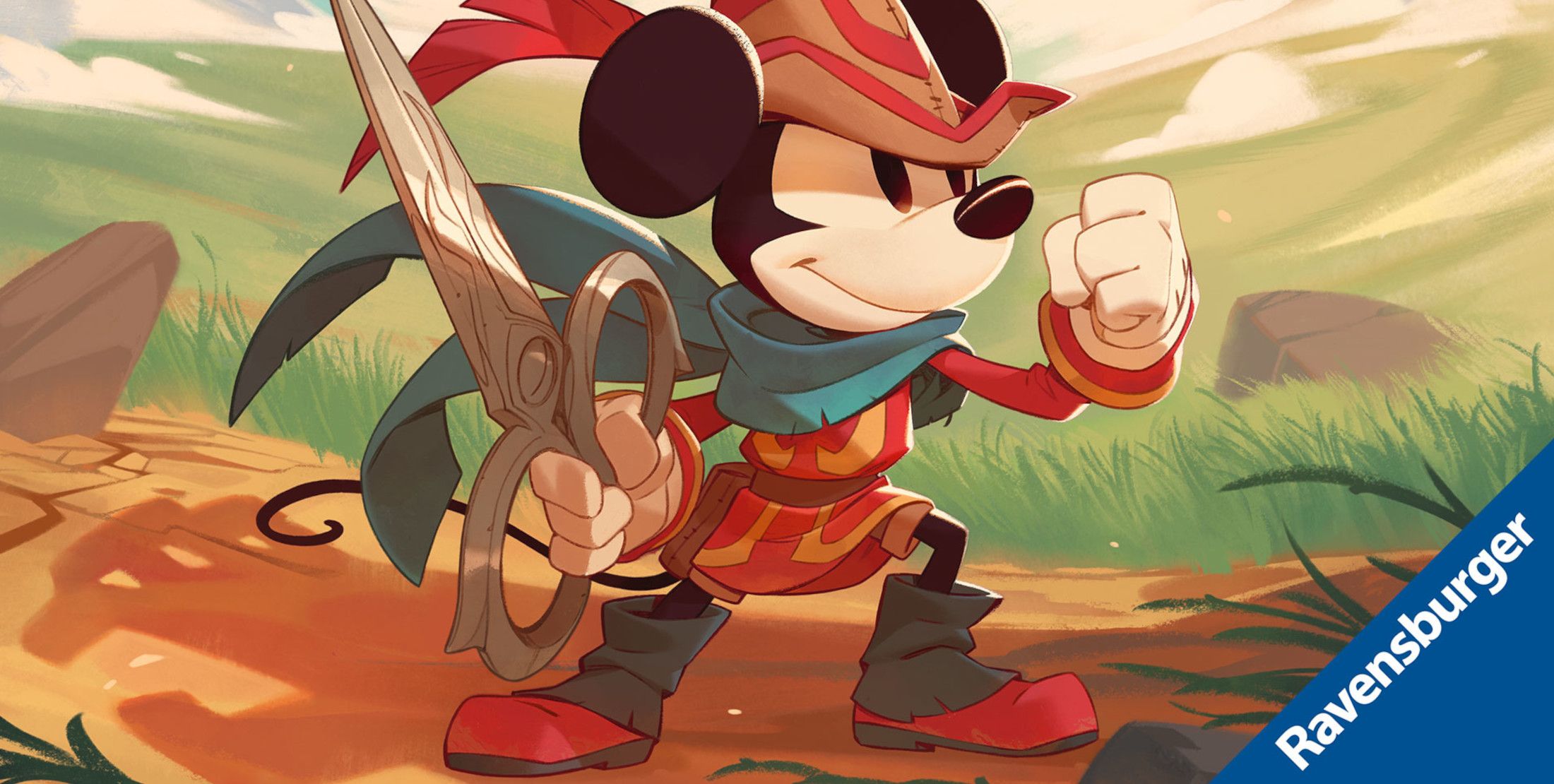
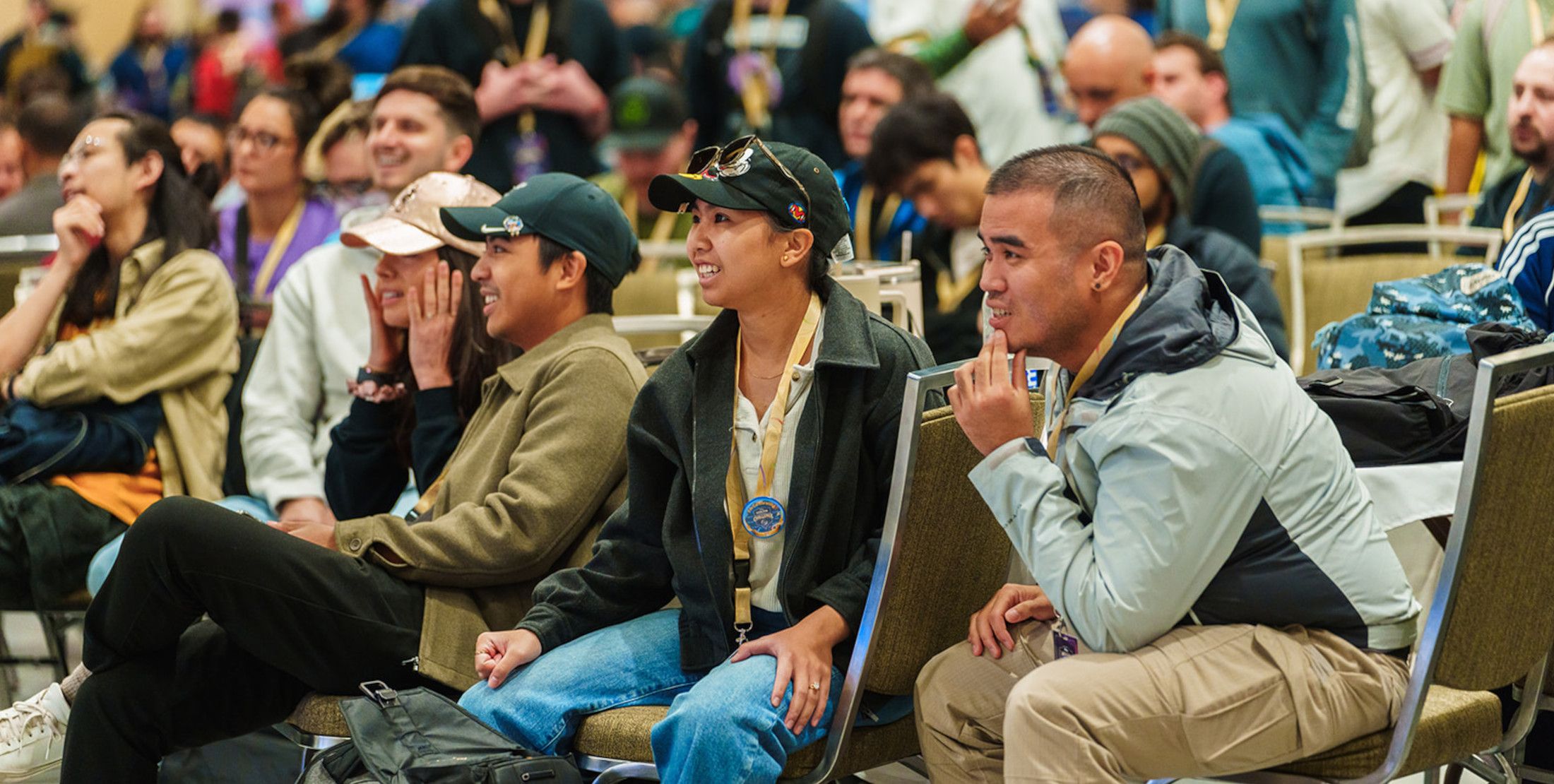
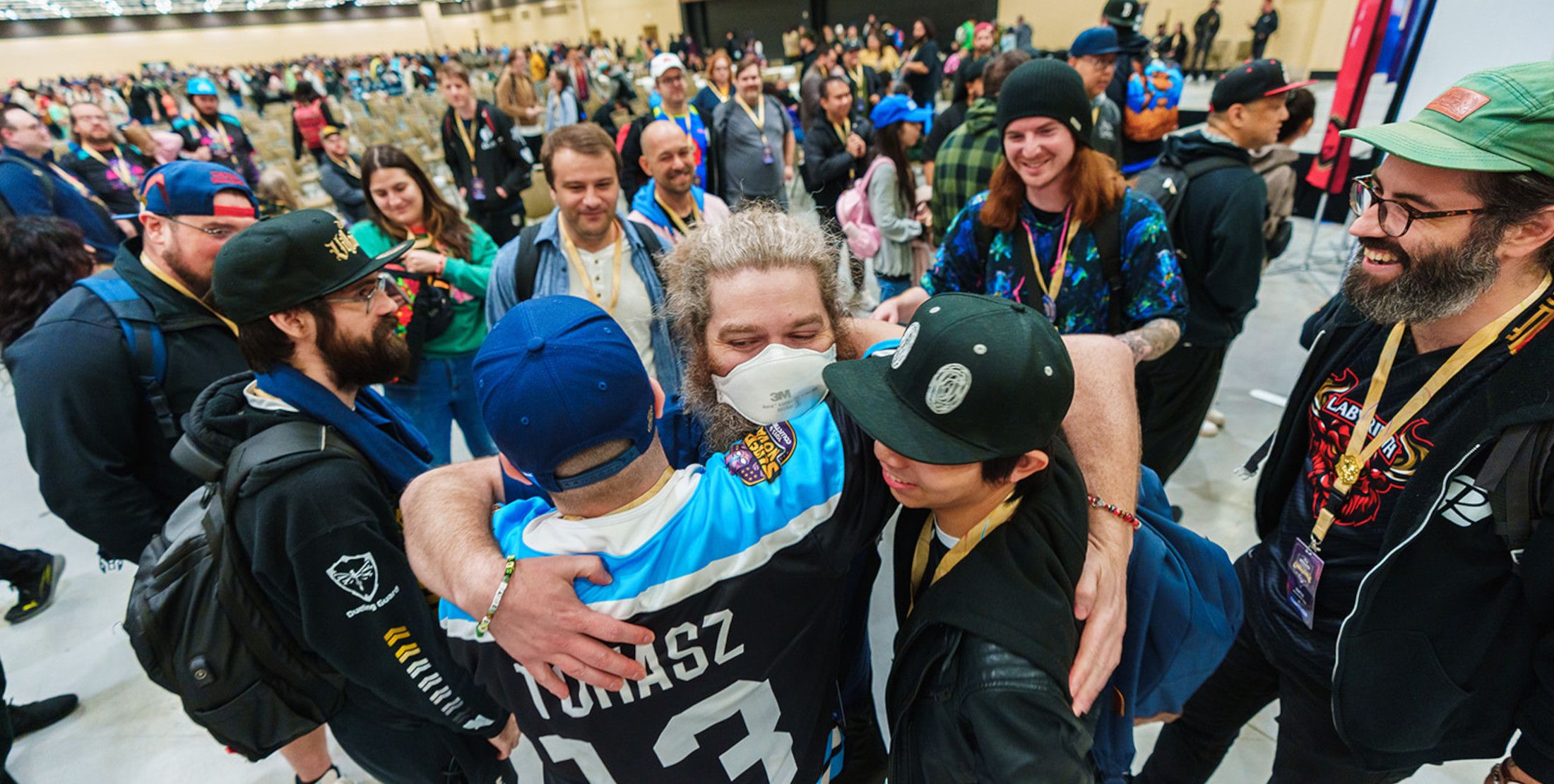
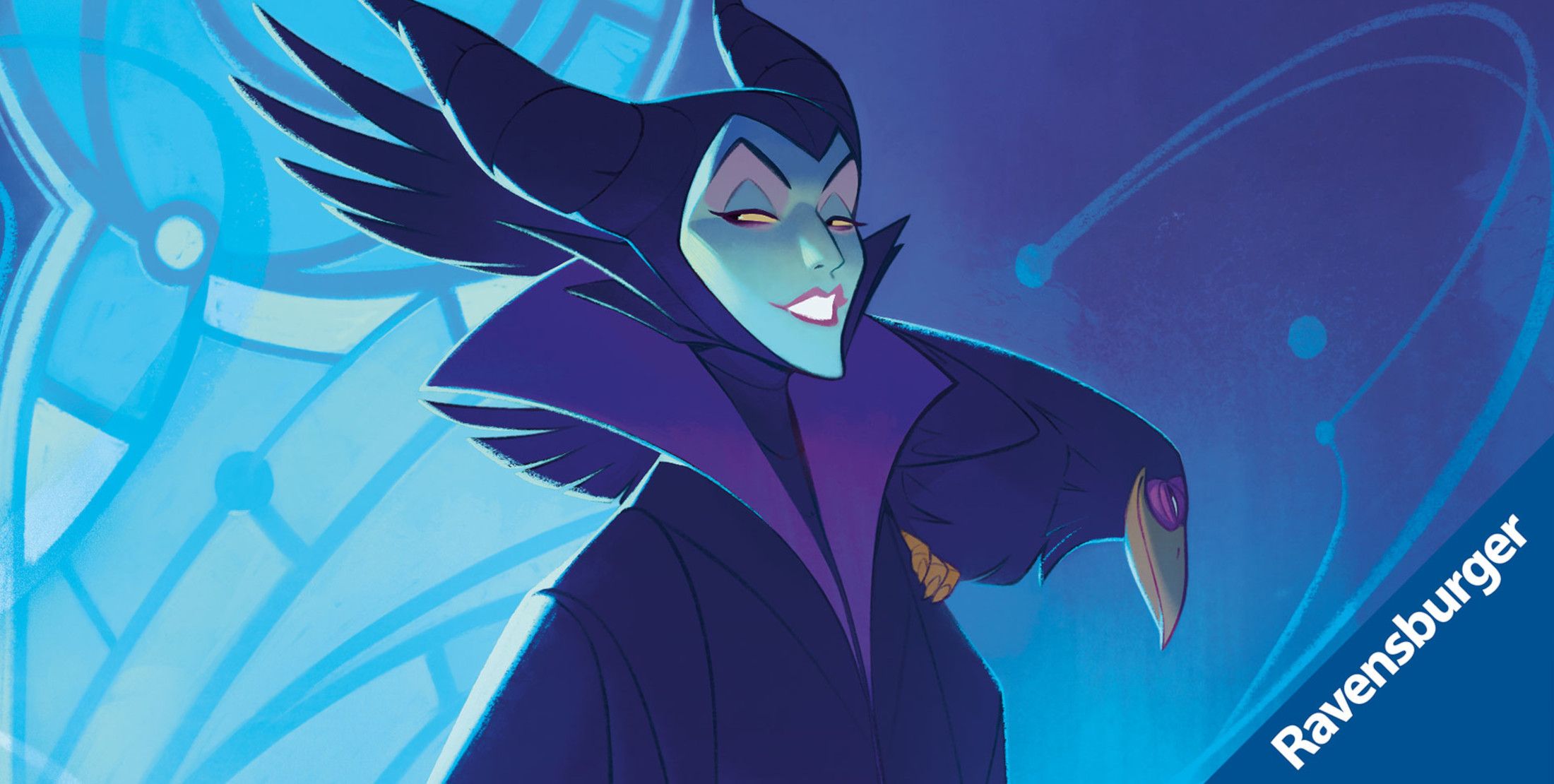

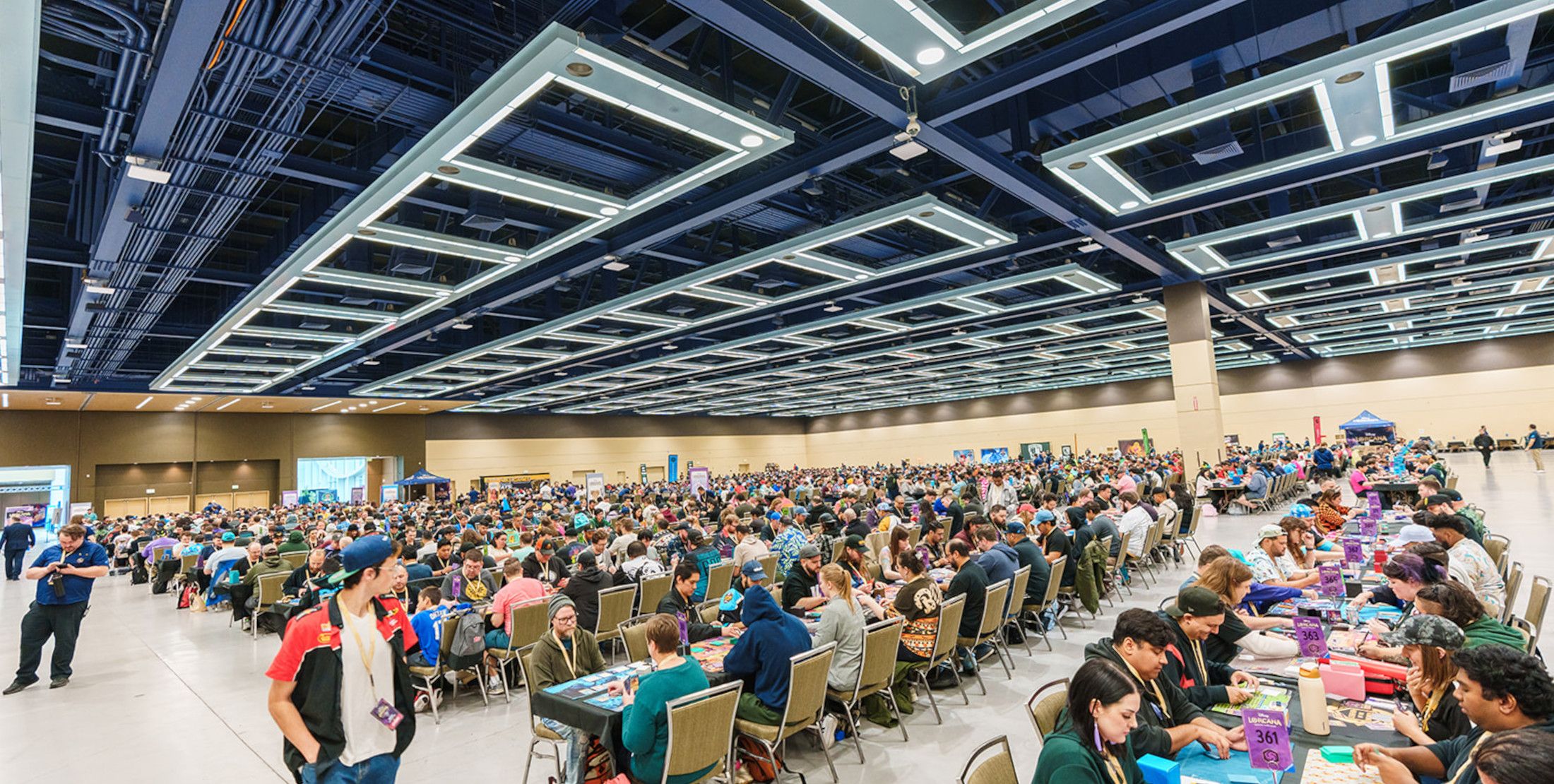
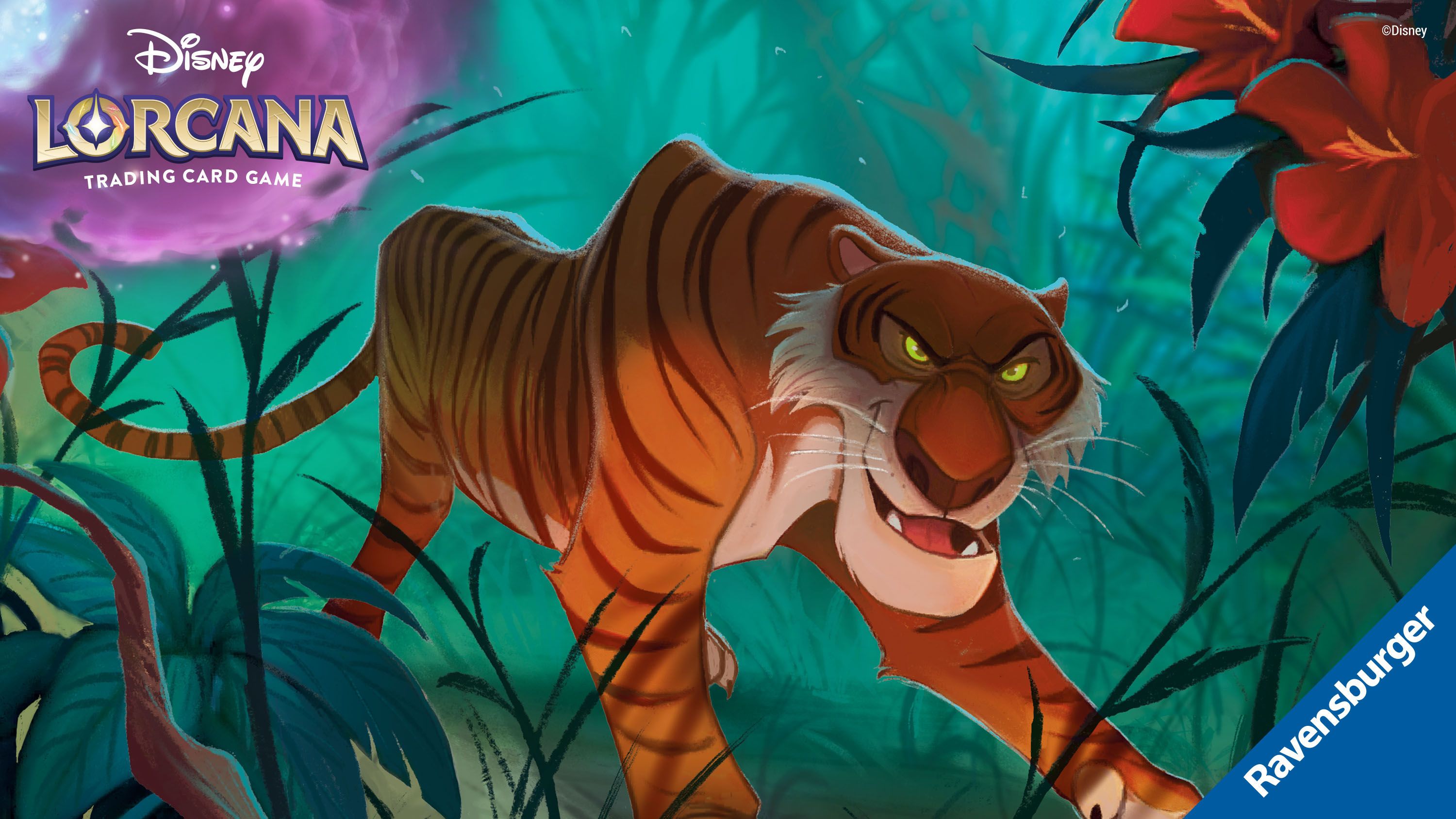



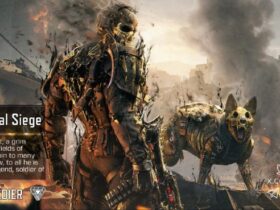

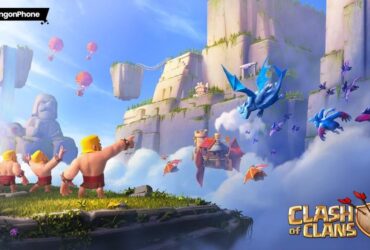
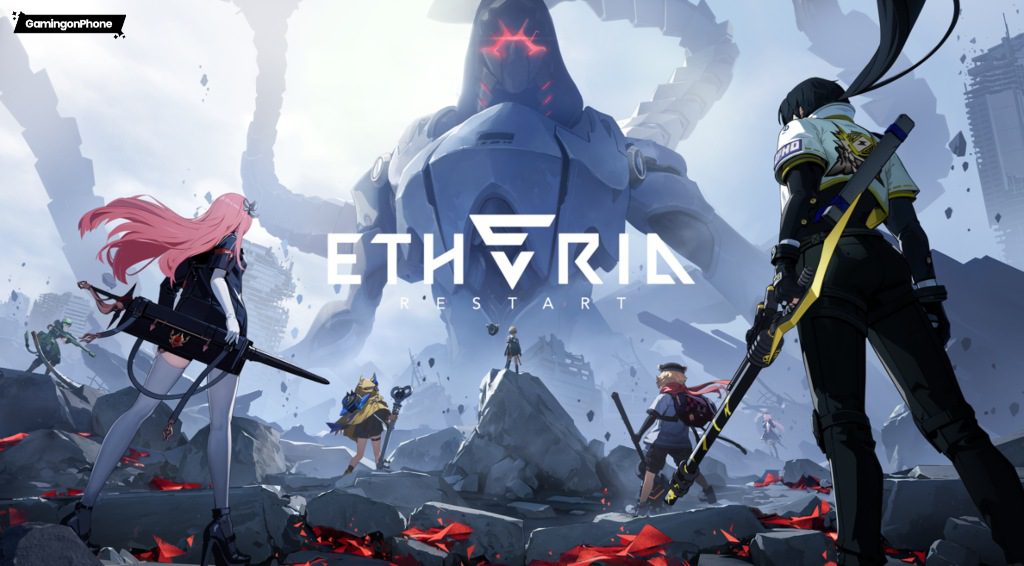
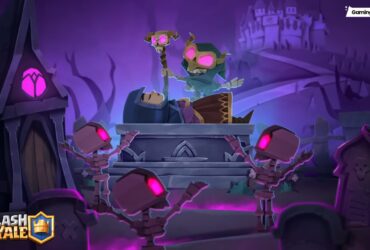


Leave a Reply